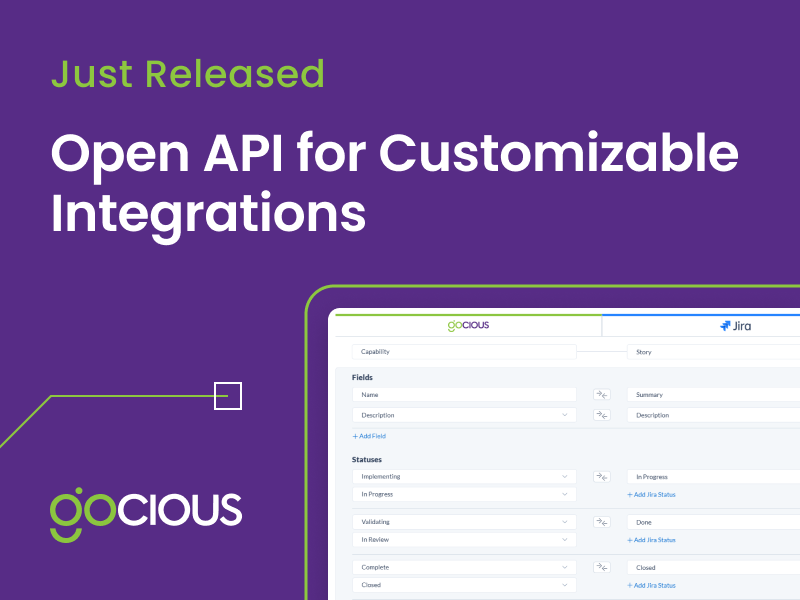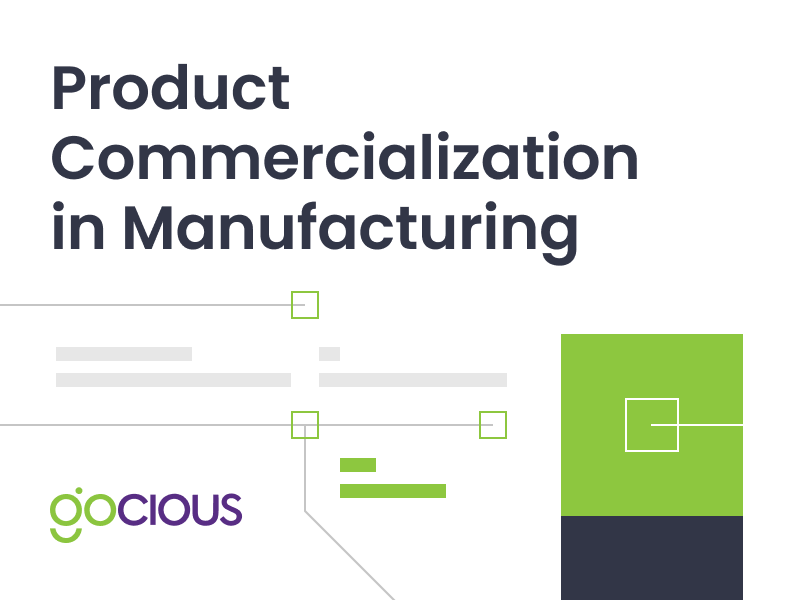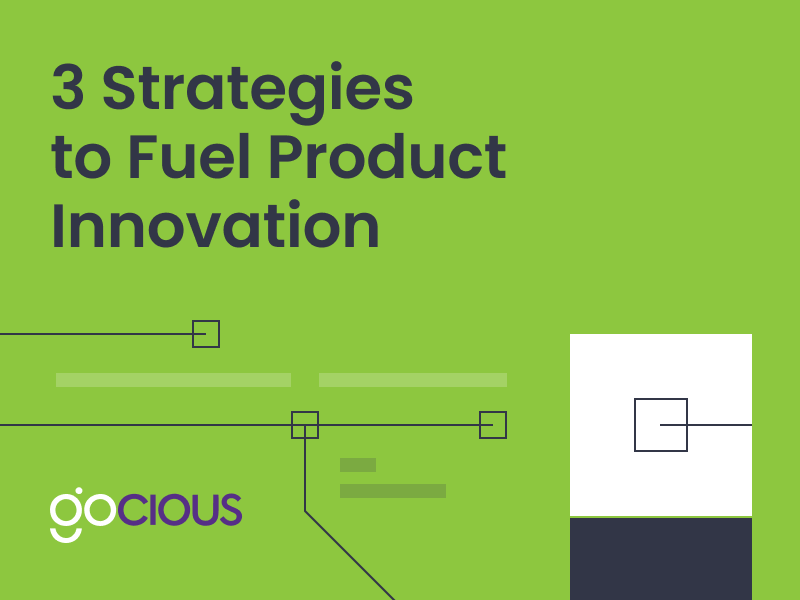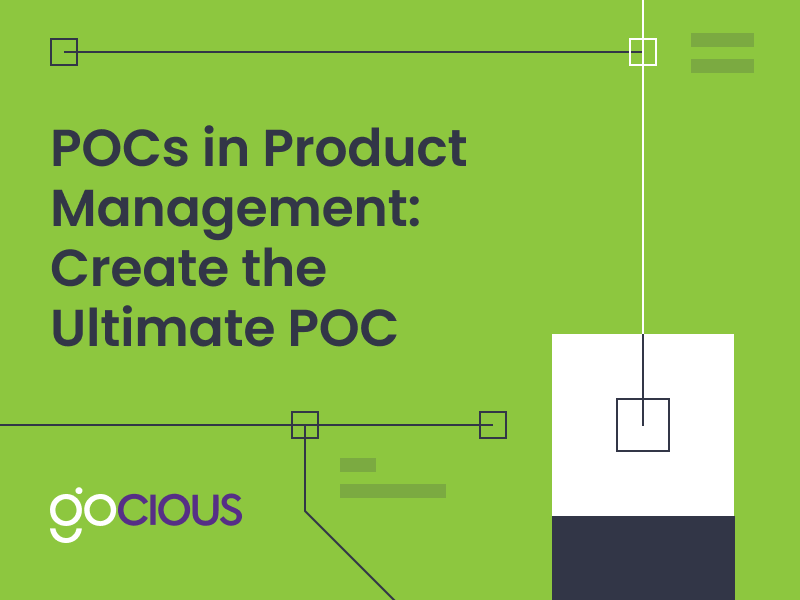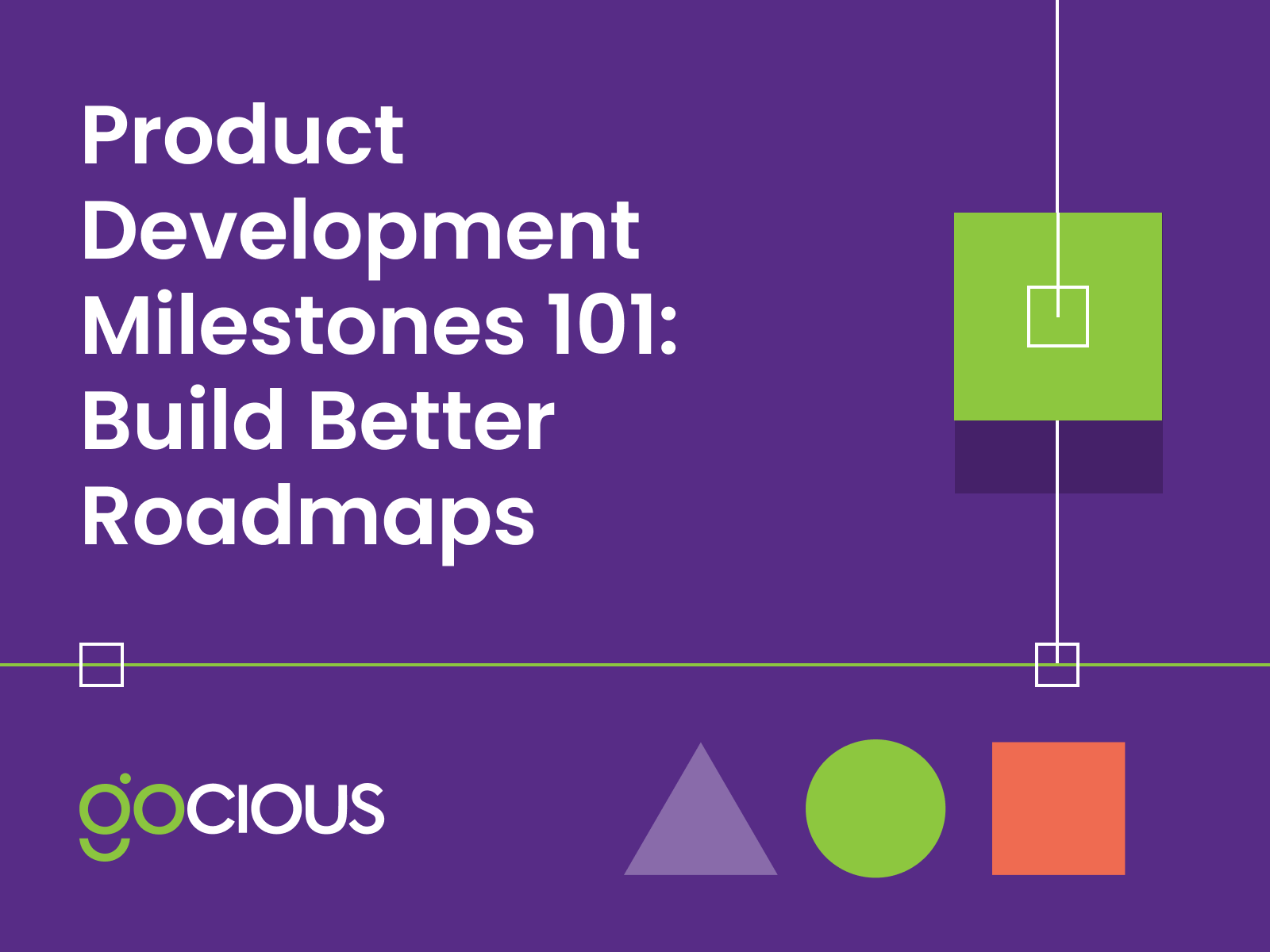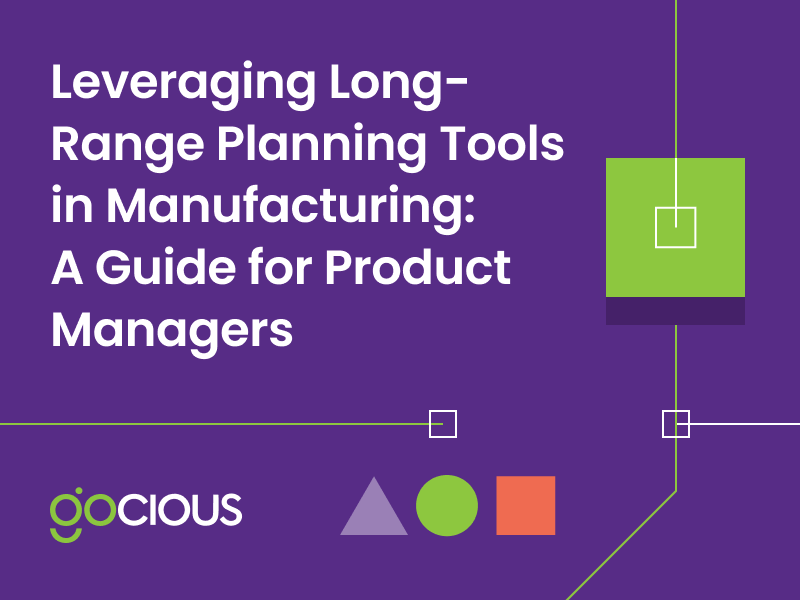
Subscribe to our blog
Ready to improve your roadmapping process?
Curious about how Gocious can help your manufacturing team transform its Product Lifecycle Management strategy? Let’s schedule a call to explore!
Product Management Articles
Simon Leyland

Recent Posts
How to Align Manufacturing Teams with the Product Commercialization Process
Without proper team alignment during the product commercialization process, even the most innovative products can fail commercially. According to Deloitte's 2025 Manufacturing Industry Outlook, the average time-to-market for new industrial products spans 14 to 24 months. During this timeline, high-level decisions demand seamless coordination between manufacturing, engineering, production, marketing, and executive teams.
How to Enhance Executive Decisions with Product Portfolio Optimization
As global manufacturing markets continue to evolve, executive leaders face an increasingly complex question: How do you successfully steer your organization through a landscape defined by constant innovation, shifting customer demands, and intense competition? At the heart of this challenge lies adaptive product portfolio management, the engine that drives growth, revenue, and market positioning. Without clear oversight and strategic product portfolio optimization, leaders risk making high-stake decisions based on incomplete, outdated, or siloed information.
3 Strategies to Fuel Product Innovation and Product Portfolio Management
As global supply chains evolve and customer demands shift toward personalized and sustainable solutions, traditional approaches to product innovation and product portfolio management no longer suffice.
Digital Maturity in Global Manufacturing: What Is It & How to Measure It
For product managers working across global manufacturing environments, understanding and measuring digital maturity isn’t optional - it’s essential. It informs smarter investment decisions, supports cross-site coordination, and helps build lasting competitive advantages in an increasingly digital-first world.
What is Cross-Functional Alignment & How Does it Benefit Manufacturers?
Manufacturing teams that embrace cross-functional collaboration are completing product developmentup to 30% faster than those still working in silos.
Proof of Concept in Product Development: Create Strong POCs
As a product leader in manufacturing, you know how much effort it takes todevelop a new product. Most ideas undergo numerous iterations before they’re ready for the market. Luckily, through the use of aproof of concept in product development, you can better manage and navigate these intricate processes.
What is an Agile Product Roadmap? A Product Manager’s Guide
Do you want to learn how to align your product strategy with your overall business goals? Here’s the secret formula: Flexibility + Strategic Planning = Product Line Alignment. So, how do you solve the equation? It’s simple….use an agile product roadmap.
Product Development Milestones 101: Build Better Roadmaps
Ultimately, your product roadmap defines the strategy for your product development, which leads to a successful product launch. But, how are you tracking your progress as market conditions and business priorities change? Are you incorporating product development milestones to make sure your team stays aligned and on track?
Leveraging Long-Range Planning Tools in Manufacturing: A Guide for Product Managers
In product development, the temptation to focus on technical specifications and short-term execution can be strong. However, real, lasting success hinges on a manufacturer's ability to plan beyond the immediate future. Long-range planning in manufacturing isn't just about production timelines and engineering specs—it's about shaping the future of product lines, the company, and the industry.
Designing Cyber-Secure Products: A Growing Imperative for Modern Manufacturers
As the world becomes more connected, smart products are transforming industries. However, with connectivity comes responsibility—customers demand security, and manufacturers must deliver. They expect innovation, efficiency, and seamless performance, and manufacturers are delivering, thanks to advances in automation, cloud computing, and real-time data analytics.
Overcoming the Challenges of Implementing CI/CD in Hardware-Software Development
While we're not yet building the cybernetic technology seen in sci-fi films, the boundary between hardware and software is increasingly becoming a blur. From autonomous vehicles and wearable tech to medical devices and smart home innovations, these products are changing the way we live. But the real challenge isn’t the innovation we see on the surface—it's the process that takes these concepts from design to market, successfully integrating both hardware and software.
5 Feature Prioritization Strategies Industrial Manufacturers Can Borrow from Tech Giants
Industrial manufacturers are traditionally known for long product development cycles, making it challenging to master feature prioritization or stay competitive. Even with long product development cycles, manufacturers have a lot of room to improve their product development process; it just requires a shift in mindset, culture, and strategy. Organizations that want to become more agile at meeting customer needs and keeping up with the competition can look to tech giants that have mastered feature prioritization for effective strategies.
